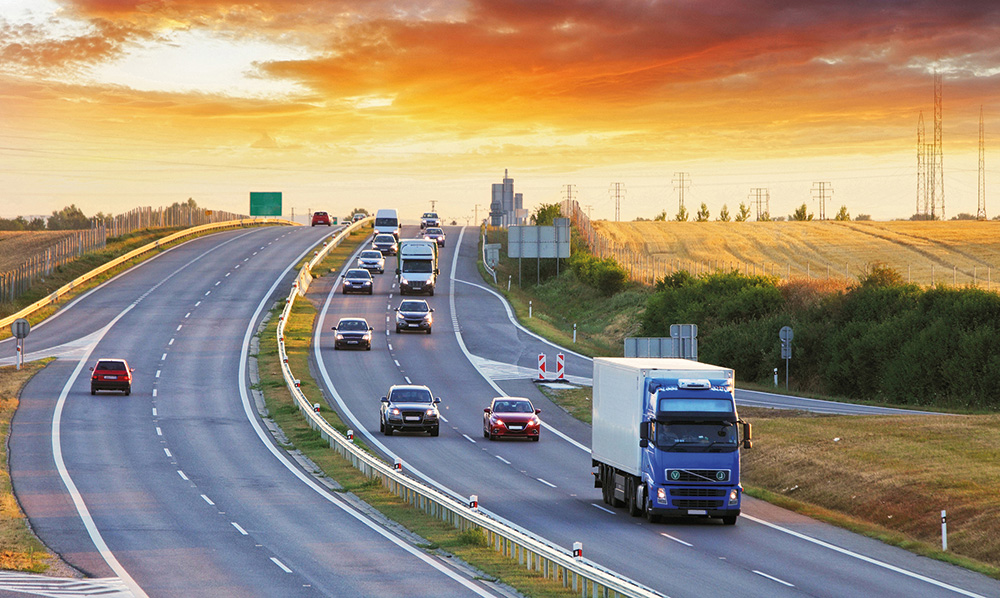
Stronger policy measures needed to decarbonize freight transport
Policy measures have started to decrease emissions from passenger cars, but not to the same extent from freight transport. The demand for freight transport in the Nordic countries is expected…
Policy measures have started to decrease emissions from passenger cars, but not to the same extent from freight transport. The demand for freight transport in the Nordic countries is expected to increase also in the future, particularly by road.
Shift have assessed the potential to reduce CO2 and in some cases other emissions from freight transport by different means but also the effect of different polices for modal shift.
Key findings
• In case of no further actions than planned policies, all Nordic countries will face large gaps in their transport sectors emissions compared to their CO2 reduction commitments for 2030.
• Reducing transport demand, improving the efficiency of transport modes, and stimulating modal shifts in the freight sector will likely only contribute to limited emission reductions. There is a need for alternative fuels and propulsion technologies.
• The relative contribution to emissions of heavy goods vehicles compared to light goods vehicles may increase due to more electrification of light vehicles.
• Allowing longer freight trains for border-crossing transports has a larger impact on mode choice than the eco-bonus schemes, but the costs are expected to be (much) higher for governments. The reduction in CO2 emissions is estimated at 2.5 percent.